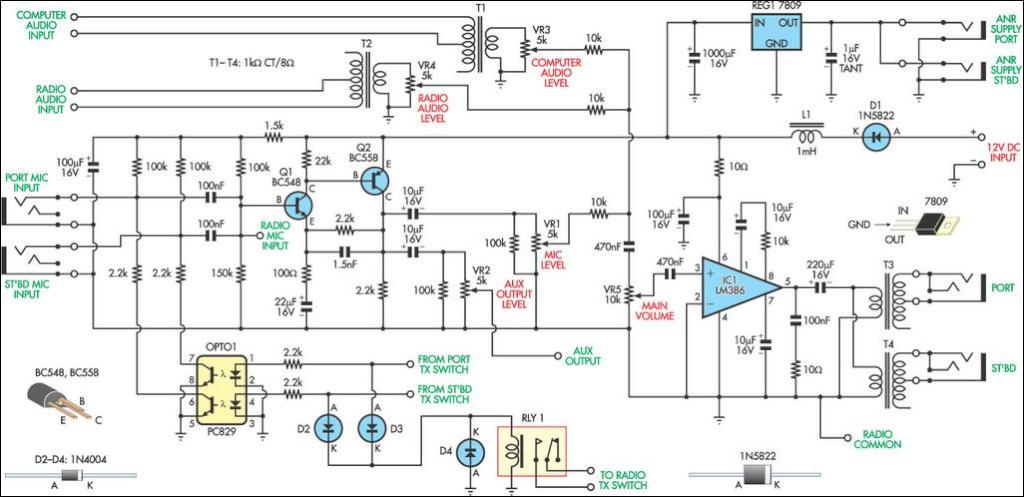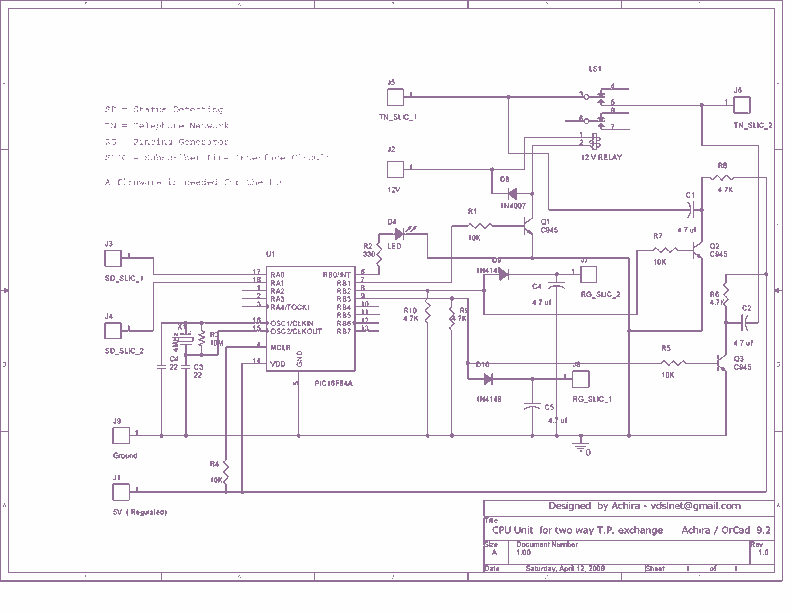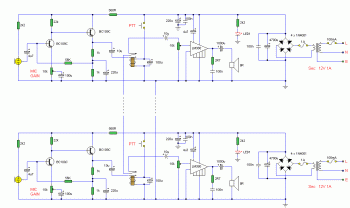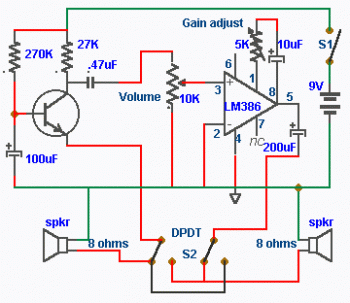
Aviation Intercom

Prior to its relocation overseas, involvement was had in the development of the avionics system for the Flightship Ground Effect FS8 craft.
The avionics system for the Flightship Ground Effect FS8 craft is a critical component that integrates various electronic systems necessary for navigation, communication, and control of the aircraft. This system typically includes a combination of sensors, processors, and communication devices that work together to ensure safe and efficient operation.
The avionics suite may consist of several key elements such as an inertial navigation system (INS), global positioning system (GPS) receivers, altimeters, and airspeed indicators. These components are responsible for providing real-time data about the craft's position, altitude, and velocity. The data collected by these sensors is processed by a central avionics processor, which interprets the information and displays it to the pilot through a user interface.
Communication systems are also vital in the avionics architecture, enabling voice and data communication with ground control and other aircraft. This may include VHF radios, satellite communication systems, and transponders that enhance situational awareness and facilitate air traffic management.
Furthermore, the avionics system must be designed with redundancy and reliability in mind, incorporating fail-safe mechanisms to ensure continuous operation in the event of a component failure. This is particularly important in aviation, where safety is paramount.
The integration of these systems into the Flightship Ground Effect FS8 craft requires careful consideration of the electrical layout, signal integrity, and electromagnetic compatibility. The schematic for the avionics system would typically depict the interconnections between various components, power distribution, and grounding schemes to minimize noise and ensure reliable operation.
Overall, the avionics system for the Flightship Ground Effect FS8 craft represents a sophisticated blend of technology that enhances the operational capabilities and safety of the aircraft.Before its move offshore, I was lucky enough to be involved in developing the avionics system for the Flightship Ground Effect FS8 craft.. 🔗 External reference
The avionics system for the Flightship Ground Effect FS8 craft is a critical component that integrates various electronic systems necessary for navigation, communication, and control of the aircraft. This system typically includes a combination of sensors, processors, and communication devices that work together to ensure safe and efficient operation.
The avionics suite may consist of several key elements such as an inertial navigation system (INS), global positioning system (GPS) receivers, altimeters, and airspeed indicators. These components are responsible for providing real-time data about the craft's position, altitude, and velocity. The data collected by these sensors is processed by a central avionics processor, which interprets the information and displays it to the pilot through a user interface.
Communication systems are also vital in the avionics architecture, enabling voice and data communication with ground control and other aircraft. This may include VHF radios, satellite communication systems, and transponders that enhance situational awareness and facilitate air traffic management.
Furthermore, the avionics system must be designed with redundancy and reliability in mind, incorporating fail-safe mechanisms to ensure continuous operation in the event of a component failure. This is particularly important in aviation, where safety is paramount.
The integration of these systems into the Flightship Ground Effect FS8 craft requires careful consideration of the electrical layout, signal integrity, and electromagnetic compatibility. The schematic for the avionics system would typically depict the interconnections between various components, power distribution, and grounding schemes to minimize noise and ensure reliable operation.
Overall, the avionics system for the Flightship Ground Effect FS8 craft represents a sophisticated blend of technology that enhances the operational capabilities and safety of the aircraft.Before its move offshore, I was lucky enough to be involved in developing the avionics system for the Flightship Ground Effect FS8 craft.. 🔗 External reference





